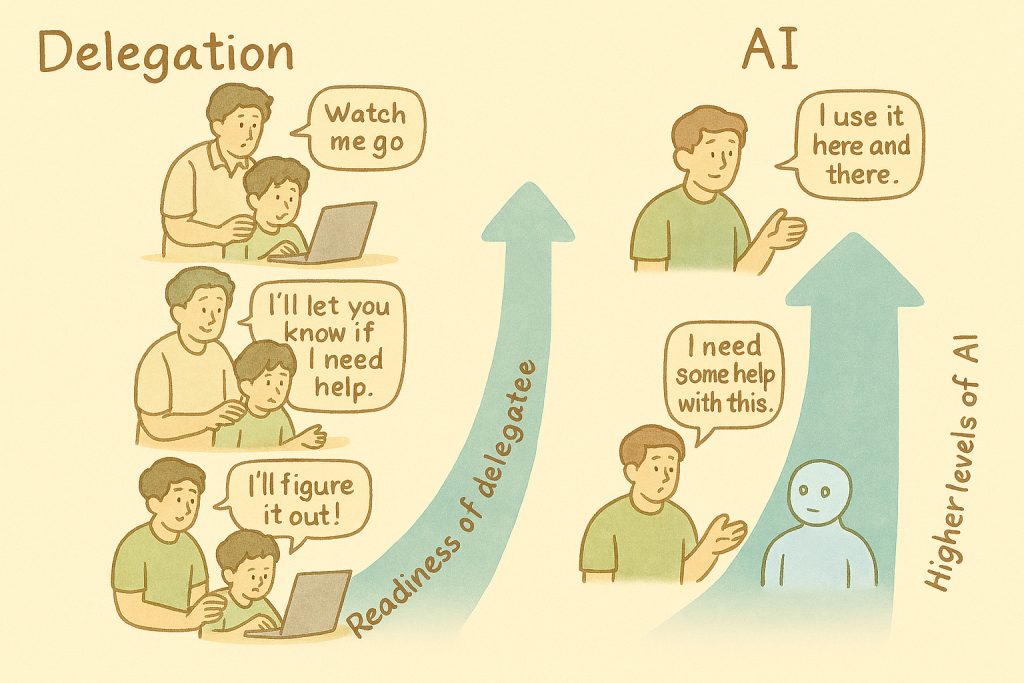The last 3 weeks now felt like an extended honeymoon. Janardhan was happy, his team was also happy. Everyone enjoyed the freedom of working from home – in their pajamas and still be fully engaged in the work.
Team productivity was higher than when they were together in the office. The relief from traffic jams and commute made everyone feel a lot more energetic – and those small interruptions from kids at home, during meetings, gave all participants pleasant diversions.
But, when Sashi called Jana a couple of days ago and poured her heart out – of some of the pressures she was facing at home, it set Jana thinking.
The summary of what Sashi said:
- It was fun initially, but it is getting to be too much of a pressure.
- I get engrossed in work, particularly when I am working on a problem and the solution is not obvious. Then there are these interruptions – the milkman or grocery delivery at the door, kids needing interventions to stop their disputes or some activities to keep them engaged
- Coordinating with my husband, who is also working from home on handling clashing call schedules etc
- While all of us take turns for the chores at home and that has brought us closer as a family, demands on my time seems to have increased from multiple dimensions
- I keep switching between exhaustion and guilt, that I am running to just stay at the same place
- How can I manage my time better?
What would your recommendation be?
In this case, Jana had the following suggestions:
This is not a case of simple time management alone. The associated feelings also need to be managed.
Whether you call them cause [demands on time] and effect [the stress induced by feelings of guilt and exhaustion], both need to be addressed.
The first step is to have a better handle on time and make time for yourself that is impactful.
The 3 bucket formula for managing your time, is a simple technique that can be adopted.
In addition consider practices – such as journaling mentioned in the post and other mindfulness practices.




